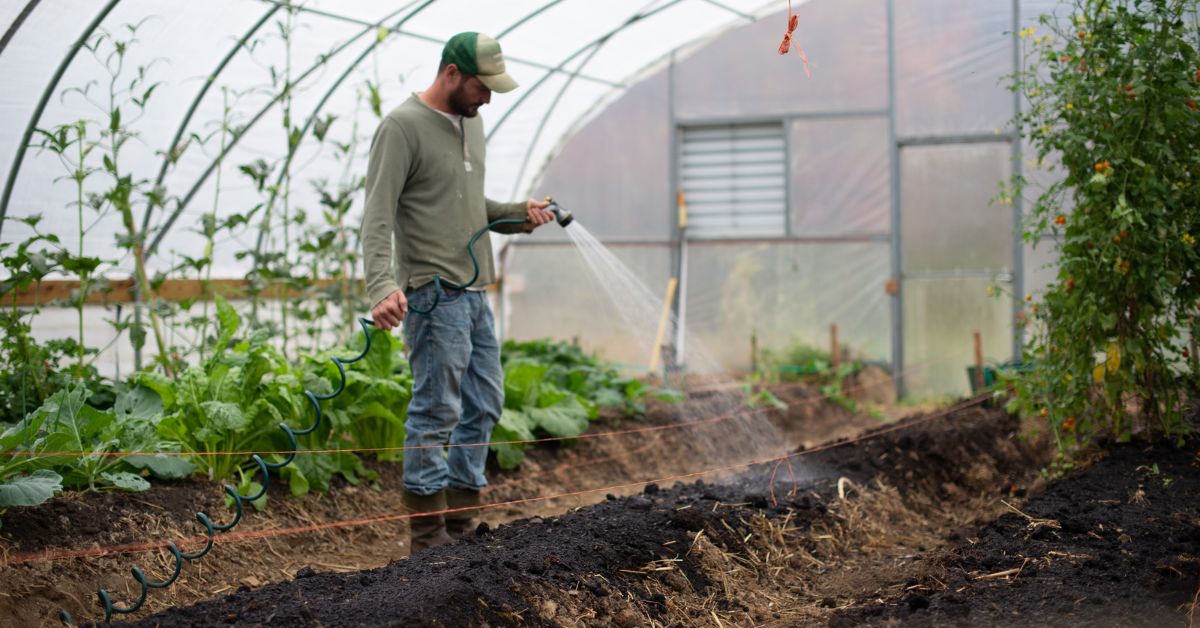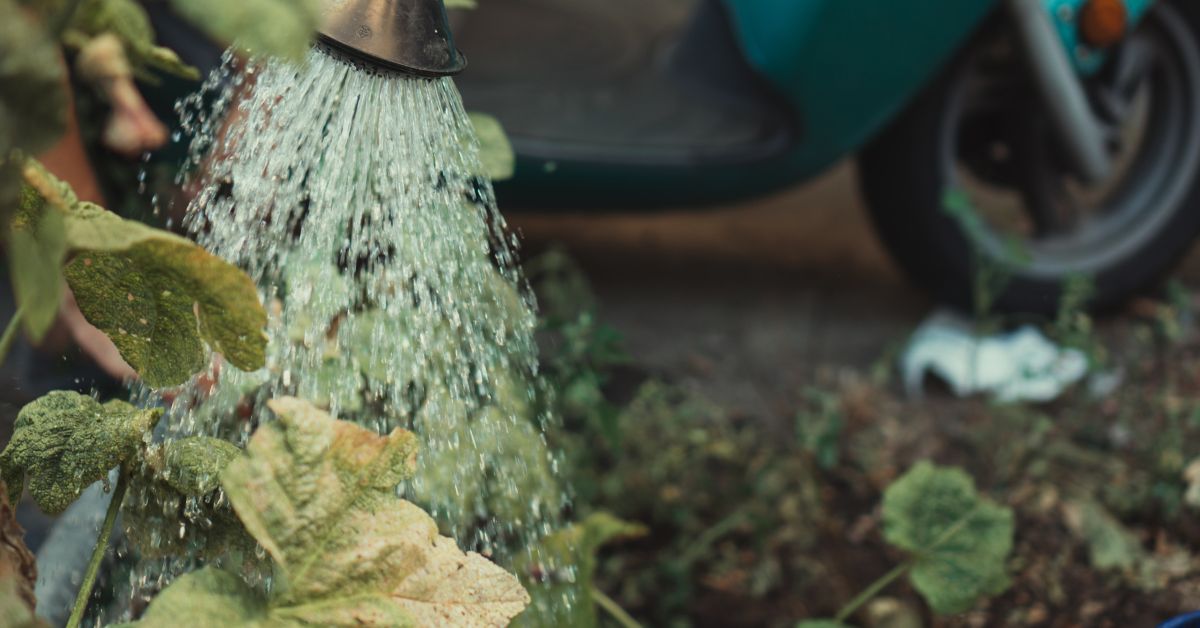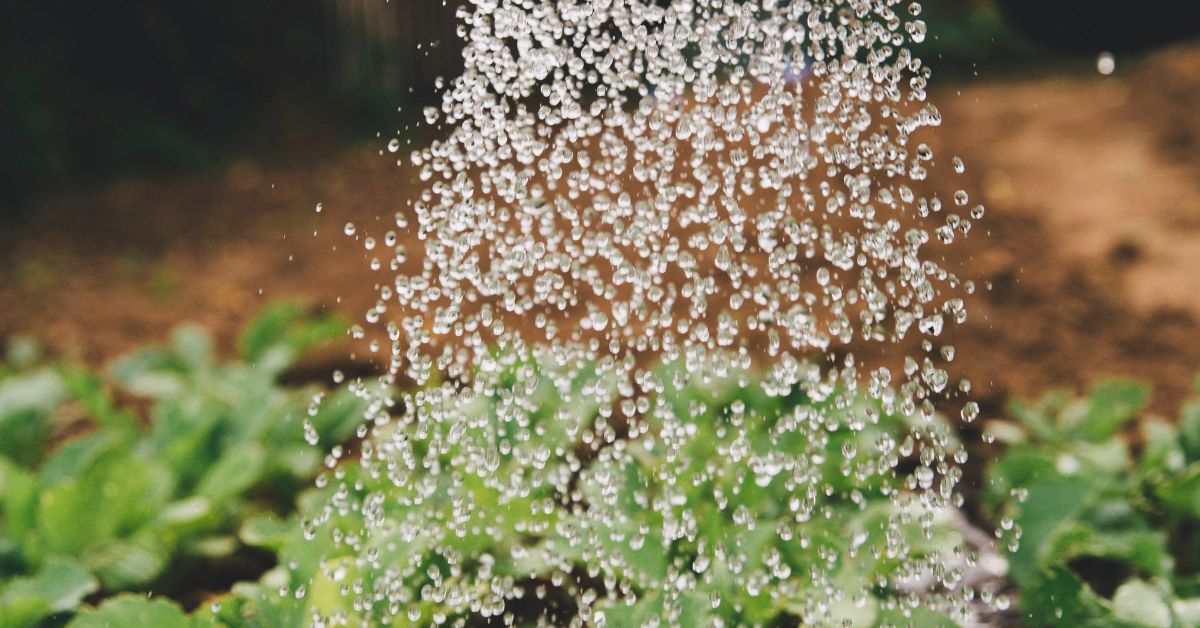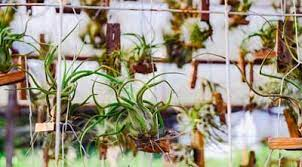When mature plants do not receive water for a week, it is not unusual to show signs of drought. The plants can survive without water for weeks, but fruits, vegetables, and flowering plants will not. Dormant plants can last for weeks without water, while succulents can go for months without water.

What kind of plants do you grow?
How long your plant will survive without water depends on the plant you are growing.
Cacti and succulents do not require watering for months or years. Succulents can survive for two years without water if they are outdoors.
Even though succulents can go a few months without watering if they are indoor plants, they need to be watered more often if they are indoor plants.
Because some plants are drought-tolerant, you can leave them in a dry place for weeks without watering. Most native plants in your area can tolerate drought. If you live in an arid region, you can go for several weeks without water.
Some plants go dormant when they are no longer receiving water. During droughts, watering them can help them survive.
The plants may be dead for several weeks because they are dormant. When the roots are watered again, the plants will begin to grow again.
Resources-hungry plants such as fruits, vegetables, and flowers are the most vulnerable. Getting enough water is crucial for the growth of these plants.
In such cases, the plants will start showing symptoms if they do not get enough water for a few days. The plants will die if they don’t get water for a week or two.
How big is your plant, and how mature is it?
Depending on the size of your plant, it will last longer without watering. Smaller plants require less water. As the plant grows, it will require more water.
The larger plant needs more water to create food for growth and maintenance.
How much water the plant needs will also depend on its age. The plant will require more frequent watering if it is still a seedling during its growing stage.
Eventually, as the plant matures and grows older, it needs less frequent watering because it can absorb and store water better.
The soil in which your plant grows
Depending on the type of soil you use, your plants will retain moisture for a specific time.
It may be difficult for water to drain freely if the soil contains a lot of clay or other mineral clumps. Too much water in the soil can cause problems like overwatering.
Whenever there is a lot of sand in the soil, the water will drain quickly due to the loose particles and gaps between them. Water seeps into the ground as the soil does not hold on to it. During this time, the roots may not be able to absorb the necessary moisture before the soil dries out, causing problems such as underwatering.
To retain enough moisture while draining excess, the soil should have a good balance of organic matter, clay, and sand.
You’ll need potting soil if you grow the plant in a container. The material is sterile, lightweight, and porous. Water drains faster from it than garden soil.

Growing conditions for your plant
Your plant’s location will determine how much water it needs. Plants indoors are more protected and need less water.
The plant will need much more water outdoors in hot weather. Watering the plant may not be as necessary if the weather is cool.
During the warm season, plants will need more water because the heat tends to dry out the soil faster. You won’t have this problem when you grow cool-season plants because the soil retains moisture longer.
Because the plant’s roots can’t spread out much in a container, it will need more water. Outdoor plants can extend their roots deep underground in search of moisture.
Other factors will determine the amount and frequency of watering. These include weather conditions such as humidity and wind.
The plants will dry out faster if there is too much humidity. If a cold wind blows through the foliage, the same will occur.

The stage at which the plant is growing
Seedlings and seeds will require a lot of water to germinate, develop roots, and grow their first leaves.
When a plant has grown mature, it requires less water since it can absorb moisture from the soil.
Because they require more nutrients, plants developing flowers, vegetables, and fruits need lots of water.
Upon the end of the growing season, the plant starts to die or goes dormant. Consequently, it will require less water.
Plant growth space
The plants in your garden will absorb moisture. Water will be sought by the roots deep within the soil when they lack it.
You can spread your roots quite far into the soil if you grow in the ground. When you grow in a raised bed, the depth is determined by the size of the bed you created.
If you grow the plants in a container, the plants can only get enough moisture from the potting soil. Ensure that the potting soil has enough moisture for the roots as they need it.
It is also not good to grow the plants too close together. It is best to keep plants at a distance according to their needs. The plants ‘ roots will be impossible to compete for moisture if the soil is dry.
Conclusion

That’s all there is to it! Let us know if these tips helped you! Share your ideas!


